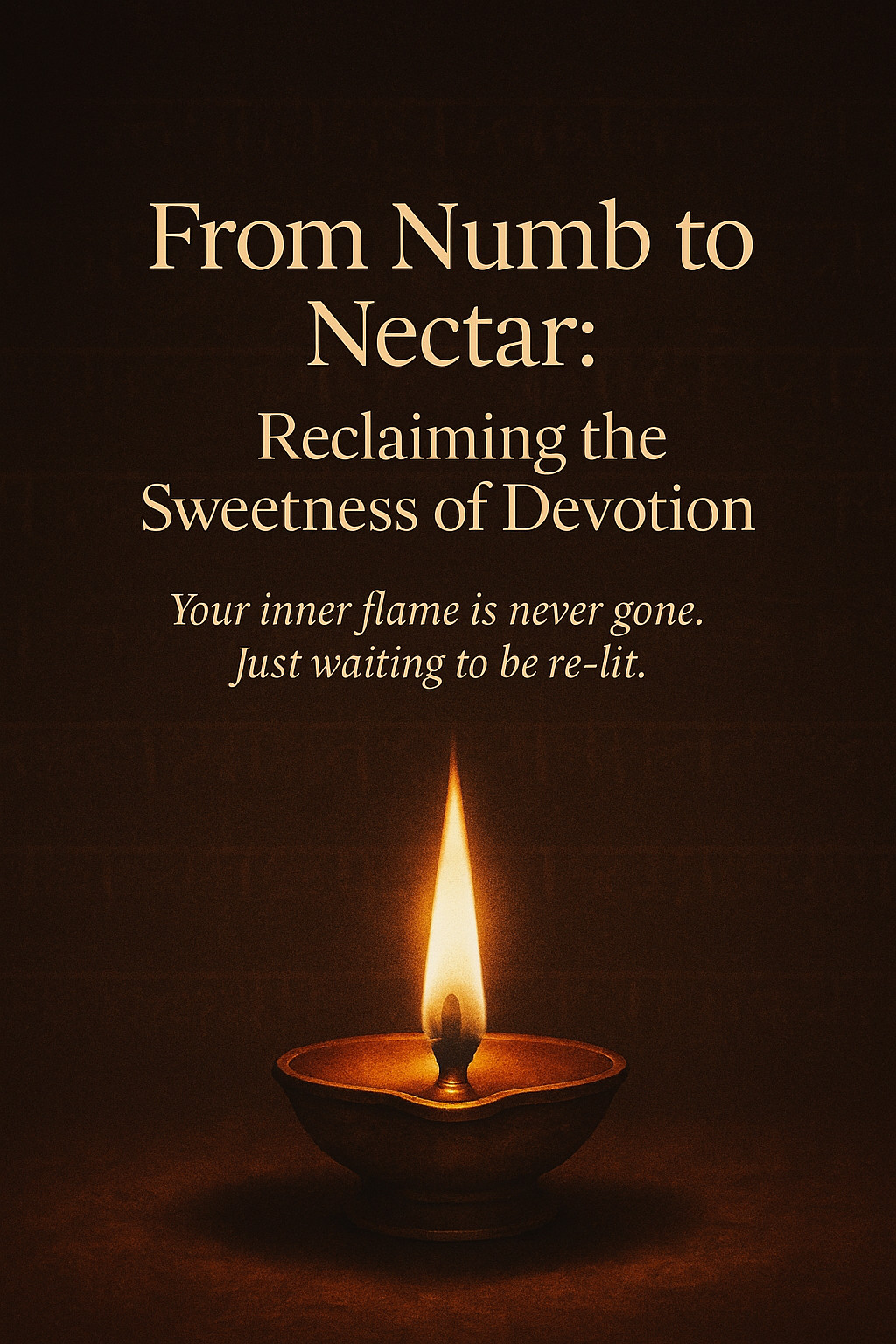Carl Jung once wrote:
“The dynamic principle of fantasy is play… without this playing with fantasy any creative work has ever yet come to birth. The debt we owe to the play of imagination is incalculable.”
In these words lies a truth modern society often forgets: fantasy is not frivolous. It is the foundation of all creativity, art, innovation, and spiritual life.
🧠 Fantasy: The Child’s First Language
From birth, children live in a world of active imagination. They create stories, personify objects, speak to unseen friends, and merge dreams with reality.
Jung explains:
“Children are full of active imagination but we think of it as a childish activity. This is an error, for we find it everywhere among primitives and in all ancient cultures all over the world.”
Fantasy is not just for children. It is an innate, universal human faculty. Ancient cultures knew this – myths, rituals, and symbols emerged from collective imagination to shape civilizations.
🌱 The Shift Around Age Eight
Jung observed a crucial developmental milestone:
“Around the eighth year there is a transition to ego consciousness… The child breaks away from the extremely close relatedness with the familial milieu… the libido detaches from parents and is often introverted.”
At this age, children begin to form individual identity, stepping out of the magical oneness with their parents and surroundings. The world becomes more external, structured, and defined. Their fantasy life, however, remains a secret inner garden.
🪞 Children as Mirrors of the Unseen
In his Letters, Jung reflected:
“Children don’t belong to their parents, and they are only apparently produced by them.”
He reminds us that while parents are trees, children are fruits that fall away, belonging ultimately to life itself. They carry mysteries beyond what we can understand.
🌌 The Spiritual Dimension of Childhood
Jung also spoke of the child’s closeness to the beyond:
“A child, too, enters into this sublimity, and there detaches himself from this world… So easily does he become what you also are that he apparently vanishes.”
Children, in their fluid state of consciousness, are closer to the invisible realms. They live between worlds, where fantasy and reality intermingle without contradiction.
🔮 Why This Matters for Us Today
As adults, we often lose touch with this living imagination. We dismiss fantasy as childish or impractical, forgetting that:
✅ Every work of art begins as a fantasy
✅ Every invention emerges from imagining the impossible
✅ Every spiritual insight arises from images and symbols that guide us inward
✅ Every invention emerges from imagining the impossible
✅ Every spiritual insight arises from images and symbols that guide us inward
To reclaim imagination is to reclaim our wholeness. To honour the fantasies of children – and our own – is to water the roots of our creativity, wisdom, and soul.
💭 A Reflection for Today
Ask yourself:
🗝️ What fantasies, images, or visions are stirring within me right now? Do I dismiss them as childish… or do I honour them as seeds of something sacred?
Let us become like children again – not naive, but open to the mystery of the imagination that births worlds.


0 Comments